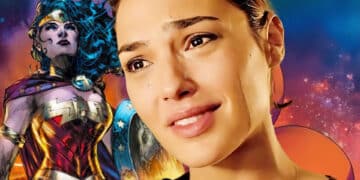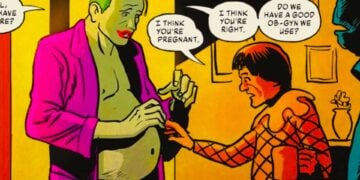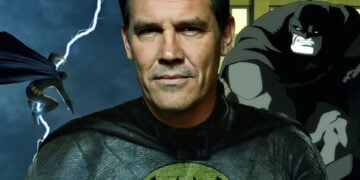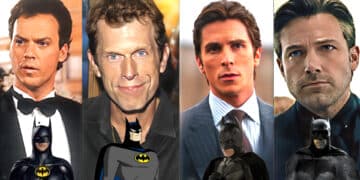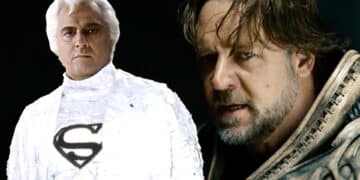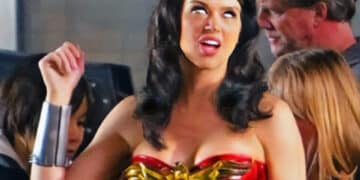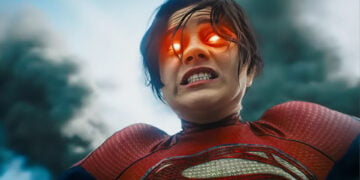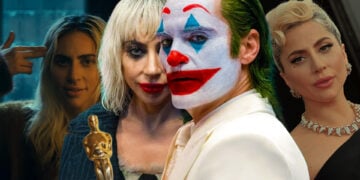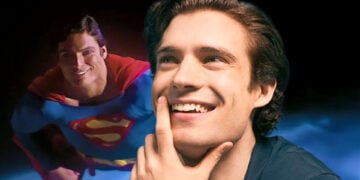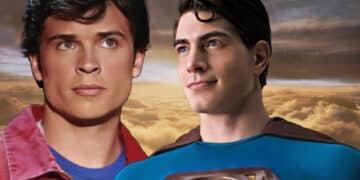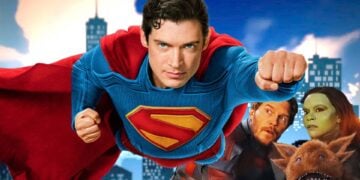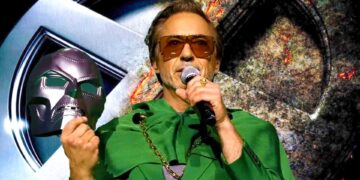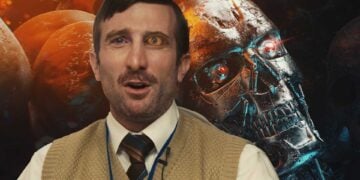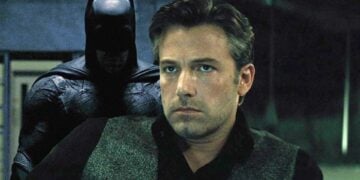Superman is one of the most iconic superheroes of all time. Some may even argue he is the preeminent superhero. Whether you are a fan of the character or not, there is no denying his essential place in pop culture. From his origin in Action Comics in 1938 during the great depression to James Gunn’s upcoming reboot of the character in the Superman: Legacy film, Superman has been part of the modern world and continues to inspire legions of fans worldwide.
Created by writer Jerry Siegel and artist Joe Shuster, Superman was initially conceived as a villain. However, the two creators quickly changed course and adapted Superman to the character we know today. Writing about Superman’s origins in Ohio History Connection, Cassandra Burris wrote:
“It was never said aloud, but Joanne Siegel, the model who served as the visual inspiration for the original Lois Lane (and Jerry’s wife), always thought that the death of Siegel’s father had a lot to do with the creation of Superman. Siegel’s father died of a heart attack in 1932 during a robbery at the family clothing store.
It is reported the earliest sketches show Superman saving a man at gunpoint who looked a lot like his father. The appearance of Superman was inspired by Siegel himself. Joanne recalled watching Joe draw sketches of Jerry with his hands on his hips. They also made Superman’s alter ego, Clark Kent, a reporter, which was a dream Siegel held as a child.”
Superman on Screen
In the early days, Superman’s popularity was due to his incredible powers and how Jerry Siegel weaved the plotlines of the comics with stories from everyday life, which affected readers directly. Burris mentions that Siegel included actual events which happened in Ohio’s history, such as the mine accident in Athens, Ohio, on 5 Nov 1930, and Superman’s World War II exploits fighting the Nazis.
As such, Superman was a natural selection for jumping off the pages of comics onto the screen. Unlike many other comic characters, Superman has an extensive history in film and television. Only three years after he appeared in Action Comics #1, Superman made his television debut in the Fleischer Studios’ animated short film Superman (The Mad Scientist). John from Librarypoint explains:
The Fleischer cartoon marked a major point in the character evolution of Superman. Prior to this, Superman did not have the power of flight – he was only “able to leap tall buildings in a single bound,” similar to the high jumping ability of earlier pulp hero John Carter.
Animators at Fleischer Studios decided that repeatedly animating high jumps made the Superman character look comedic, so they went for a more dramatic style of flight. Watching Superman fly into battle became so popular among his fans that this ability was quickly incorporated into the comics.”
As the 1950s approached, Superman’s popularity reached new heights with the live-action television series Adventures of Superman, starring George Reeves. John from Librarypoint writes, ‘Unlike the Fleischer shorts, which emphasised action and motion, the Superman TV series emphasised character-driven drama and Superman’s career at the Daily Planet as Clark Kent. Only in 1978 would Superman finally get a chance to soar on the big screen again.
The power that Superman’s mythology has is most potently shown on film. Over the decades, there have been some great and not-so-great Superman films. This list will attempt to rank them from worst to best; live-action feature films are only included.
9. Superman IV: The Quest For Peace (1987)
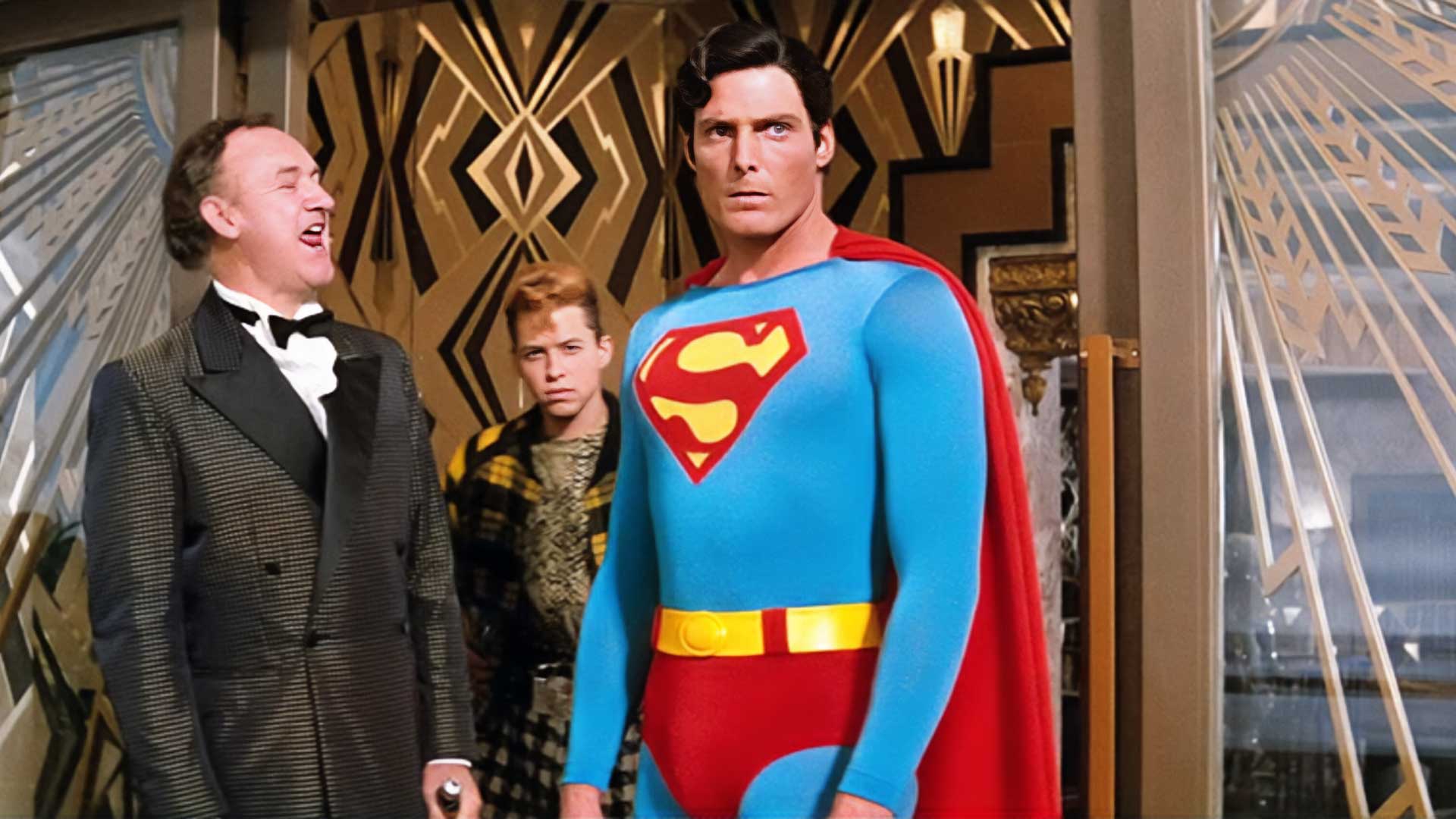
Superman’s film legacy is marked by a few duds like Superman IV: The Quest For Peace. The superhero film was directed by Sidney J. Furie and based on a story by Christopher Reeve, Lawrence Konner and Mark Rosenthal. Audiences saw the return of Gene Hackman as Lex Luthor and Margot Kidder as Lois Lane, both notably absent from Superman III. The mid to late eighties were plagued by fears of nuclear war. In 1985, Sylvester Stallone’s Rocky IV played off Cold War fears, using boxing as a metaphor for the real-world nuclear arms tussle between America and the Soviet Union.
Superman IV does the same, but in a less convincing fashion. It pains many fans to see Christopher Reeve stepping out as Superman in such a poorly executed film. After Superman III, Reeve was done playing the character, and his contract expired. Still, Cannon coaxed him back, the film rights owners at the time, for Superman IV after they agreed to give Reeve more creative input and a larger salary.
Reeves was inspired by the tense political climate of the late 80s and pitched a nuclear war scenario storyline. The film was plagued from the start, with Cannon suffering financial troubles just before production was supposed to commence. From an initial budget of $32 million, it was slashed to a meagre $17 million.
In his 1998 memoir Still Me, Christopher Reeve explained that the production was “hampered by budget constraints and cutbacks in all departments. Cannon Films had nearly thirty projects in the works at the time, and Superman IV received no special consideration.” The American Film Institute Catalogue details the dire situation during Superman IV’s production, and they document that:
“Because of the depleted Superman IV budget, location shooting was kept to a minimum, and special effects personnel from previous Superman films were replaced by less expensive crews from Israel. Cannon used a lower-cost optical system for flying scenes, a system which had been rejected by the Salkinds ten years earlier.
In the 11 Jan 1987 Los Angeles Times, visual effects supervisor Harrison Ellenshaw stated that travelling mattes and a blue screen allowed the filmmakers to capture eight to ten shots per day instead of two or three shots a day with the front projection system used for the previous films. Christopher Reeve noted that Cannon did not want to risk a lawsuit from Zoran Perisic, who held a patent on the front projection system, and director Sidney J. Furie claimed that an optical effects company in London could complete blue screen effects more efficiently.”
After poor test screenings, director Sidney J. Furie was also forced to cut many crucial scenes. Upon release, the film was panned by critics and audiences. Sadly, this was the last time we saw Christopher Reeve as Superman. The Quest For Peace has a rushed, uneven plot and a lacklustre villain. The film was far from the heights reached by the first two live-action films and was a blight on Superman’s cinematic legacy.
RELATED: Could Superman IV: The Quest for Peace Get Its Own “Snyder Cut”? #ReleaseTheFurieCut
8. Justice League (2017)
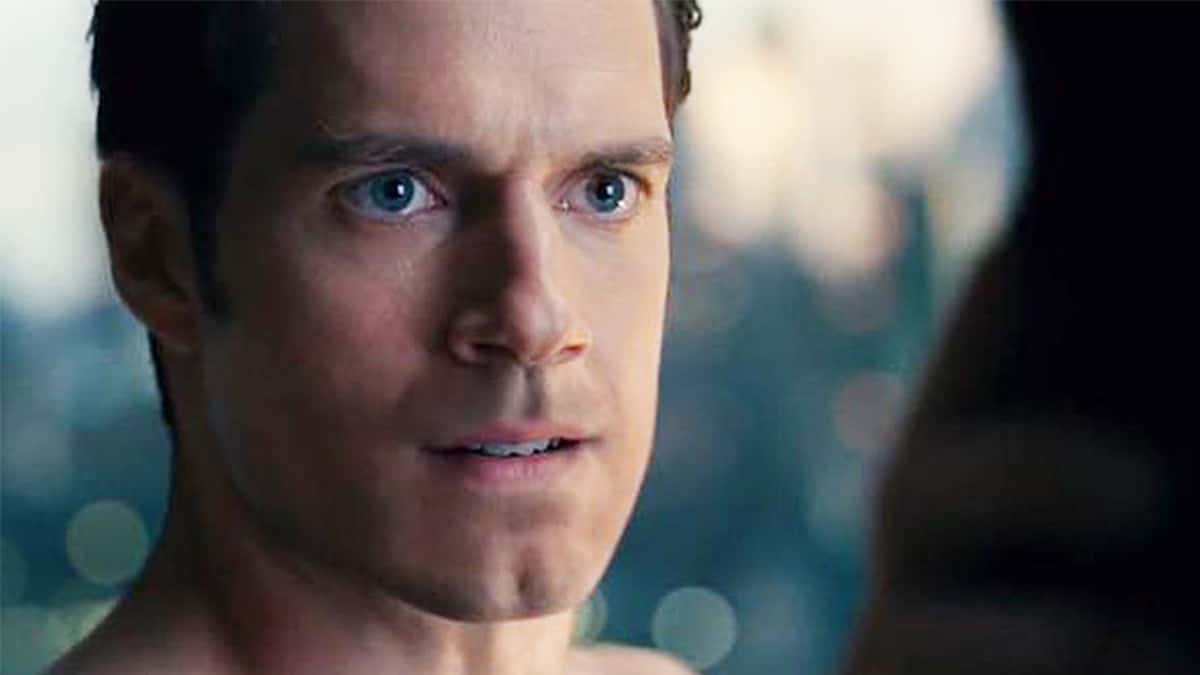
As the DCEU slowly fell apart, Zach Snyder soldiered on and attempted to tell another grand and ambitious story that broke comic book conventions. Fate, however, had other plans, and during post-production of the film, Snyder was forced to step down and mourn the loss of his daughter to suicide. Warner took advantage of the situation and brought Avengers and Avengers: Age of Ultron director Joss Whedon in to spice up the film by re-editing it and playing it with more humour. The result was an incoherent mess featuring poor visual effects and CGI. Worse of all was the plot, which felt forced and uneven.
Whedon and Warner’s Justice League was an abject failure and a mortal blow, breaking the camel’s back and planting the seeds for the end of the DCEU. Superman was the core character in the film but like all the others, he lacked proper development and instead became the butt of jokes for the Henry Cavill moustache debacle, wherein Warner oversaw a hacked CGI removal of the actor’s moustache.
RELATED: Henry Cavill’s Moustache Ended Up Saving Justice League – No, Really!
7. Superman III (1983)

Richard Pryor was the star in this subpar Superman film. While it was better than Superman IV: The Quest For Peace, Superman III failed to live up to the high standards of the first two Superman films. Richard Donner, the director responsible for the success of the first two movies, was absent from the director’s chair; consequently, his and actor Gene Hackman’s presence is sorely missed. So, too, was Margot Kidder, absent as Lois Lane.
These omissions affected Superman III’s quality, which over-relied on Richard Pryor’s humour and comedic timing. Despite the silly plot, the film is fun, and Superman’s battles with his alter ego, aka evil Superman, are excellent. The flight sequences and Superman’s scenes putting out the fires at the chemical plant are also standouts.
RELATED: The Creepy Robot Lady Scene in Superman 3 Still Haunts Fans
6. Zack Snyder’s Justice League (2021)
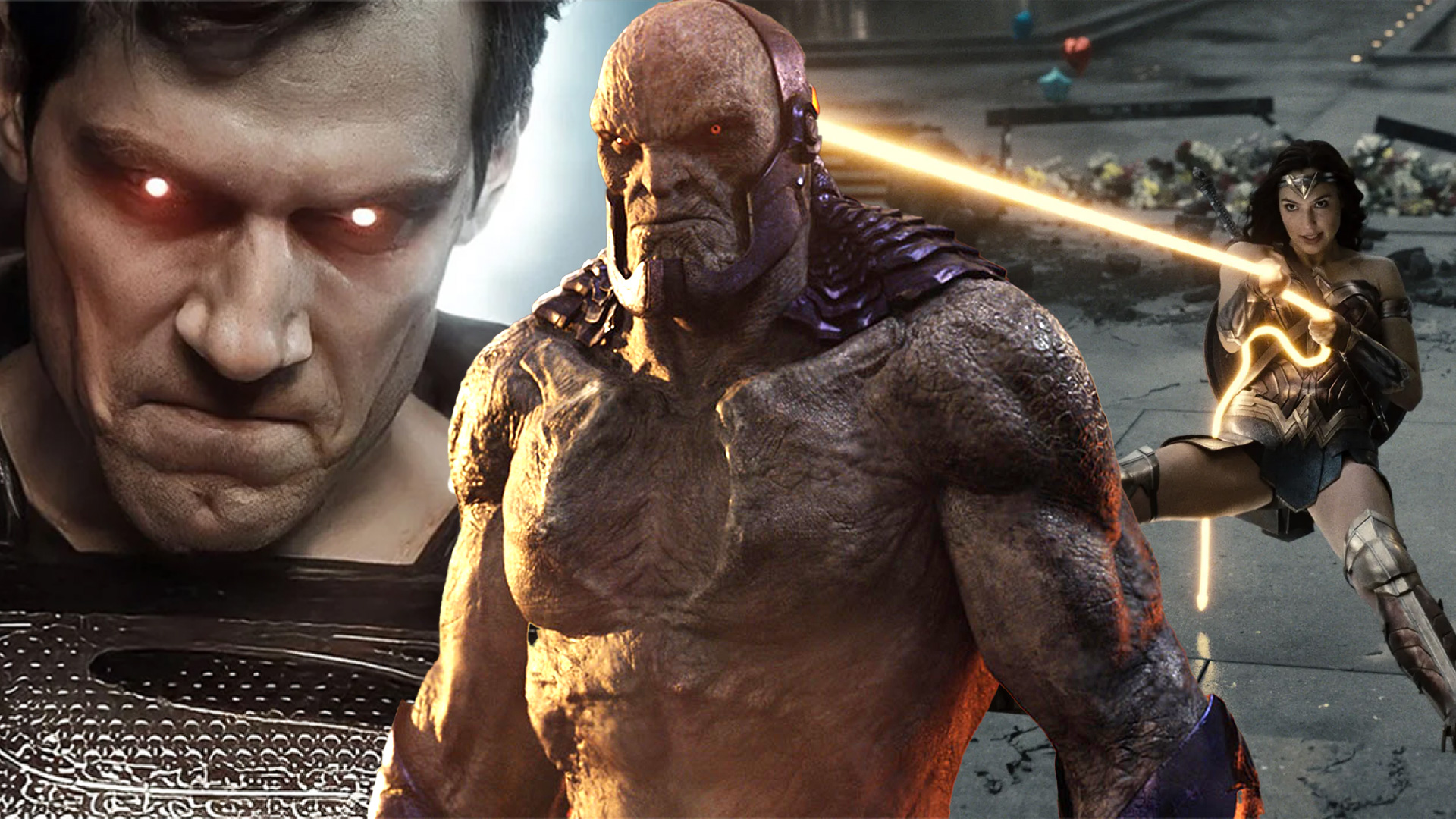
Not only did Zack Snyder have to mourn the loss of his daughter to suicide, but the director had to mourn the loss of his film, taken and mangled by the studio into an abomination far removed from Snyder’s original vision. The theatrical cut of Justice League was a trainwreck, but fans knew that Snyder’s cut of the film was potentially far better than the official version. Thus, they relentlessly lobbied and harassed Warner Bros to release the Snyder cut of Justice League.
Warner figured their fledgling streaming service, HBO Max, needed a boost and decided to grant fans and Snyder their wish and greenlit the Snydercut of Justice League. The film is not a masterpiece, but it is a significant improvement over the theatrical cut. The story is more cohesive, and characters like The Flash, Superman and Cyborg are fleshed out, and their arcs are told better. The team, consisting of the Justice League, feels like a proper unit, and Steppenwolf, the film’s antagonist, feels like more of a threat. Overall, it’s a much better film than the original.
RELATED: Zack Snyder’s Justice League Review – It’s Epic, It’s Everything You Wanted
5. Superman Returns (2006)
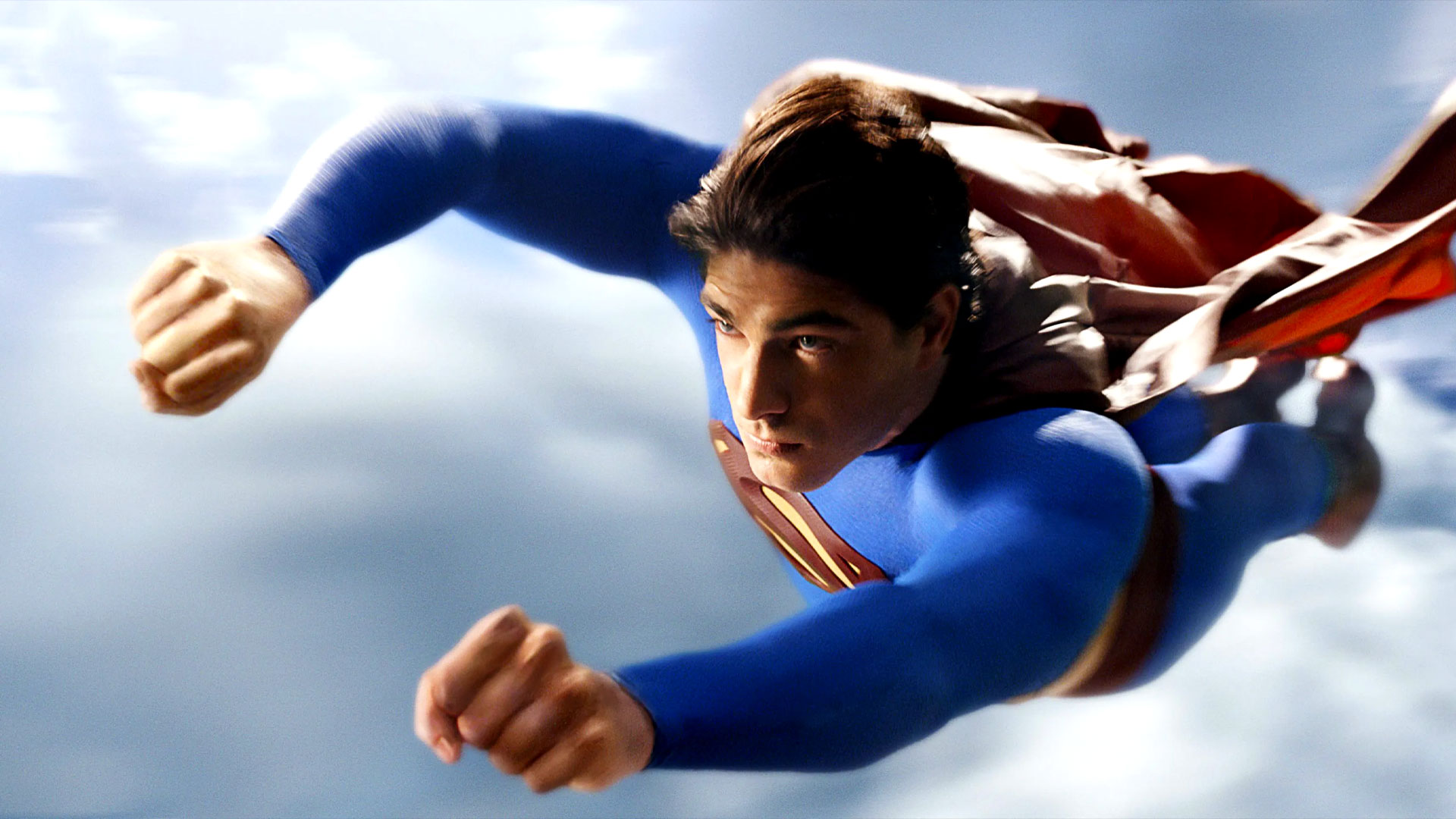
Director Bryan Singer stepped away from directing X-Men: The Last Stand to direct Superman Returns. The film stars a young and upcoming Brandon Routh performing excellently as Superman and Clark Kent. Superman Returns styled itself as a direct sequel to Richard Donner’s Superman II, ignoring the third and fourth films.
Singer’s film suffers from adapting itself too closely to the original films and ends up neither here nor there due to aping Donner’s films too much. Nonetheless, it has some great moments and a commendable performance by disgraced Kevin Spacey, who portrayed Lex even though he based Lex on Gene Hackman’s portrayal too much; in hindsight, Spacey’s menacing version of the character was quite good.
RELATED: This Superman Returns Scene Still Leaves Fans in Awe
4. Batman v Superman: Dawn of Justice (2016)
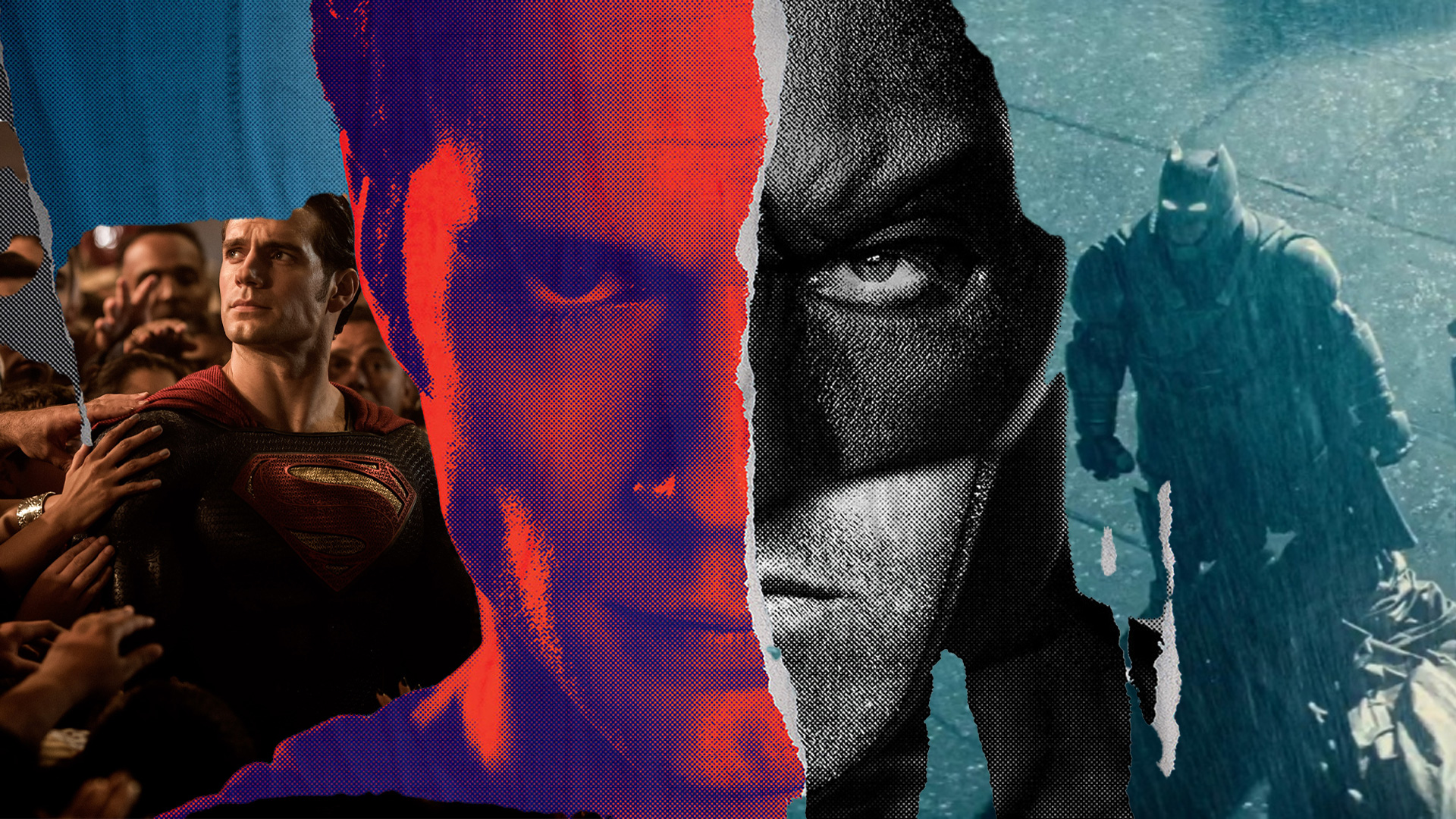
Batman v Superman was the unofficial sequel to Man of Steel, and much ink has been split documenting the furore these two films have created and how they contribute to the discourse around comic book movies. Zack Snyder’s Last Son of Krypton is a darker Superman and was divisive with fans of the character. Critics loathed Snyder’s vision and depiction of Superman and the film overall, which was panned upon release. Superman is not front and centre of the action, but Snyder’s serious and grim take on the character helped to break him free from the campy portrayals so common in live-action versions.
Snyder’s strength is in visuals and framing a scene to draw out the tension and drama between characters. Batman v Superman features beautiful visual renderings of Superman and Batman, played by Ben Affleck, that have set the standard for future films to imitate. Though too dark for general audiences, Batman v Superman is an intriguing comic book film that attempts to break free from the conventions and constraints of the genre to tell a human drama within a fantastical setting.
RELATED: Batman v Superman Has Outlived Captain America: Civil War
3. Man of Steel (2013)
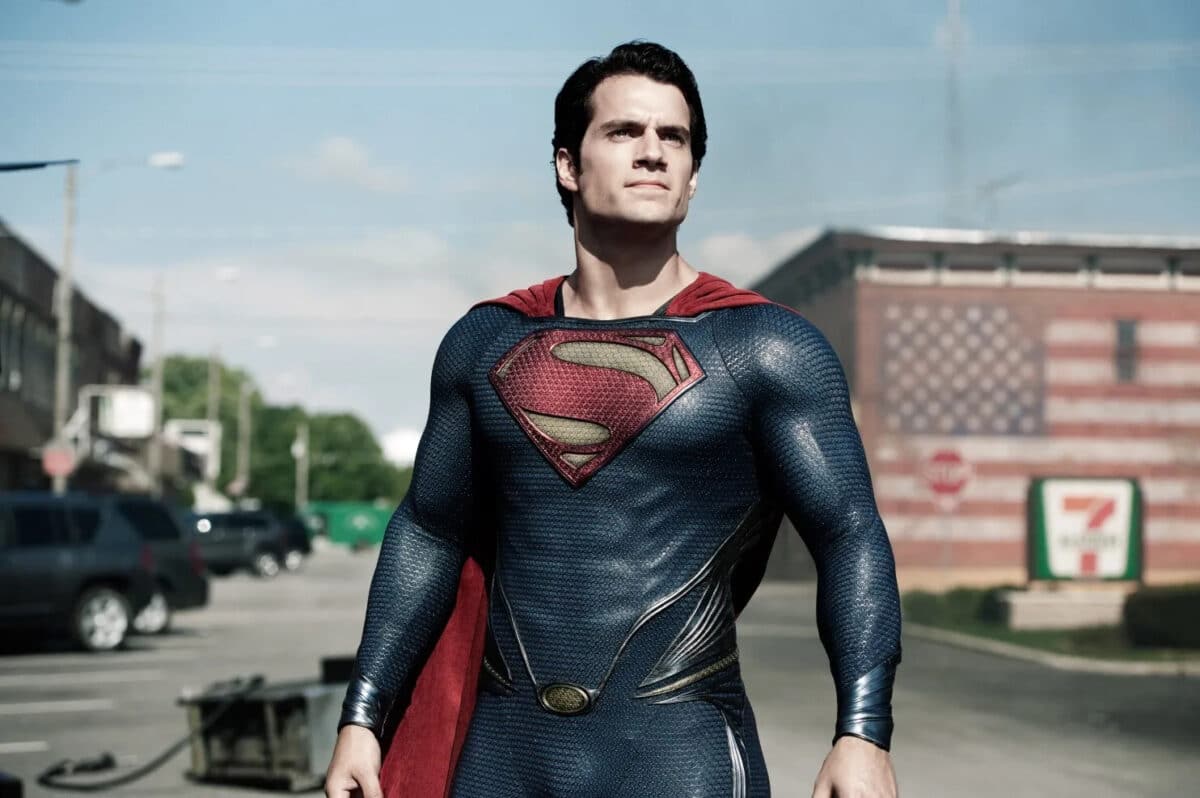
At the time of Man of Steel’s release, Marvel began dominating the cinematic landscape. 2012’s Avengers was a massive success, and Warner wanted in on the action. Man of Steel was Warner’s attempt at starting an interconnected film universe as Marvel had done with Iron Man.
Snyder’s Man of Steel was a success at the box office; it collected $668 million, yet it was too low for a film featuring Superman. The film was criticised for being too dark and portraying a Superman that wasn’t hopeful enough. Audiences wanted Christopher Reeve again, and director Zack Snyder pulled the rug out from under them to show Superman more in touch with his alien roots and conflicted and confused about his place in the universe. Man of Steel has garnered praise over the years and is one of the best films in the Superman franchise.
RELATED: 10 Years Later, Zack Snyder’s Man of Steel Is A Masterpiece
2. Superman II (1981)
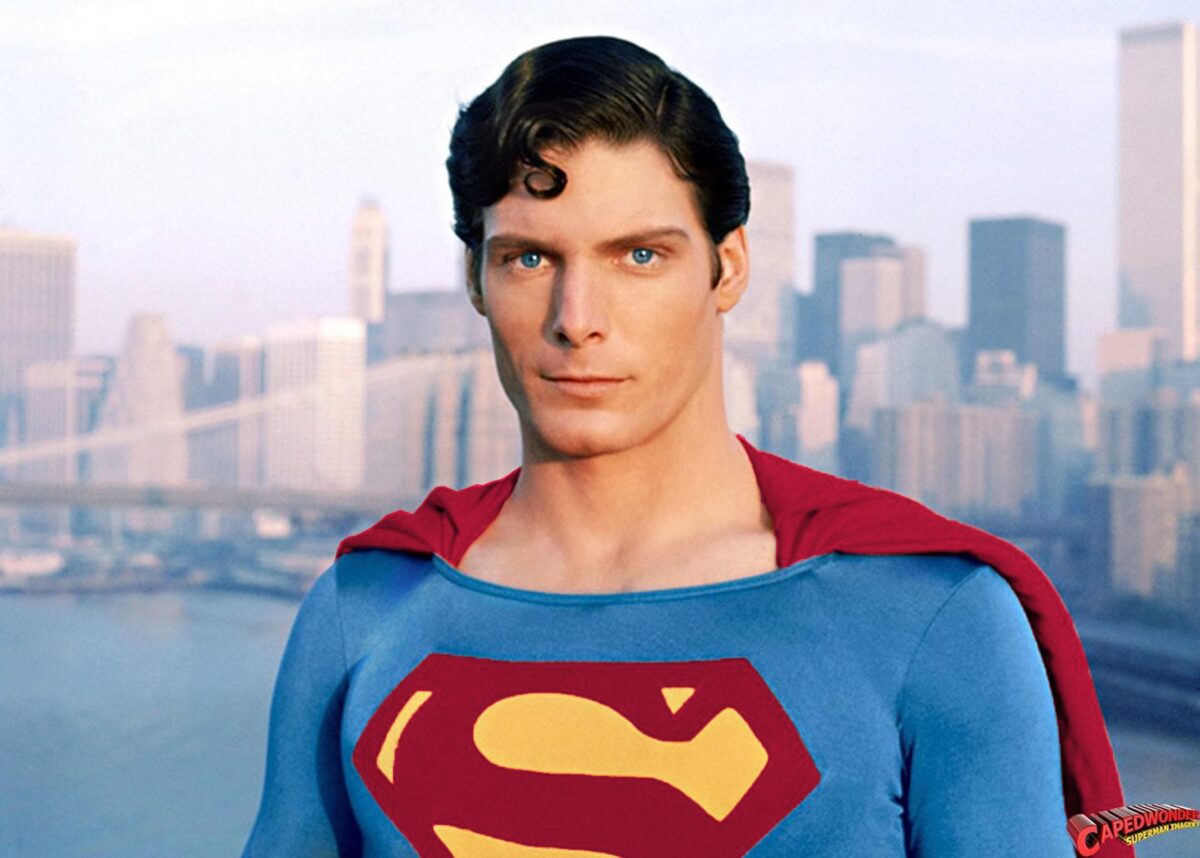
The Richard Donner cut of the film is an improvement on the original theatrical version, but even so, Superman II is a marvellous adaptation of the character and tells the story of Superman as he battles fellow Kryptonians General Zod, Ursa and Non, who escaped the Phantom Zone and head to earth where Superman confronts them. Terrence Stamp’s portrayal of Zod is outstanding, and Gene Hackman as Lex is also great.
The film was plagued with problems; Donner was upset with the film’s producers, who subsequently fired him and replaced the director with Richard Lester. Luckily, Donner shot most of the film and could re-edit it for future release, which he did. With enough quality footage available, Lester made a classic Superman film that is still remarkably enjoyable despite a slightly uneven plot due to Donner’s absence.
1. Superman: The Movie (1978)
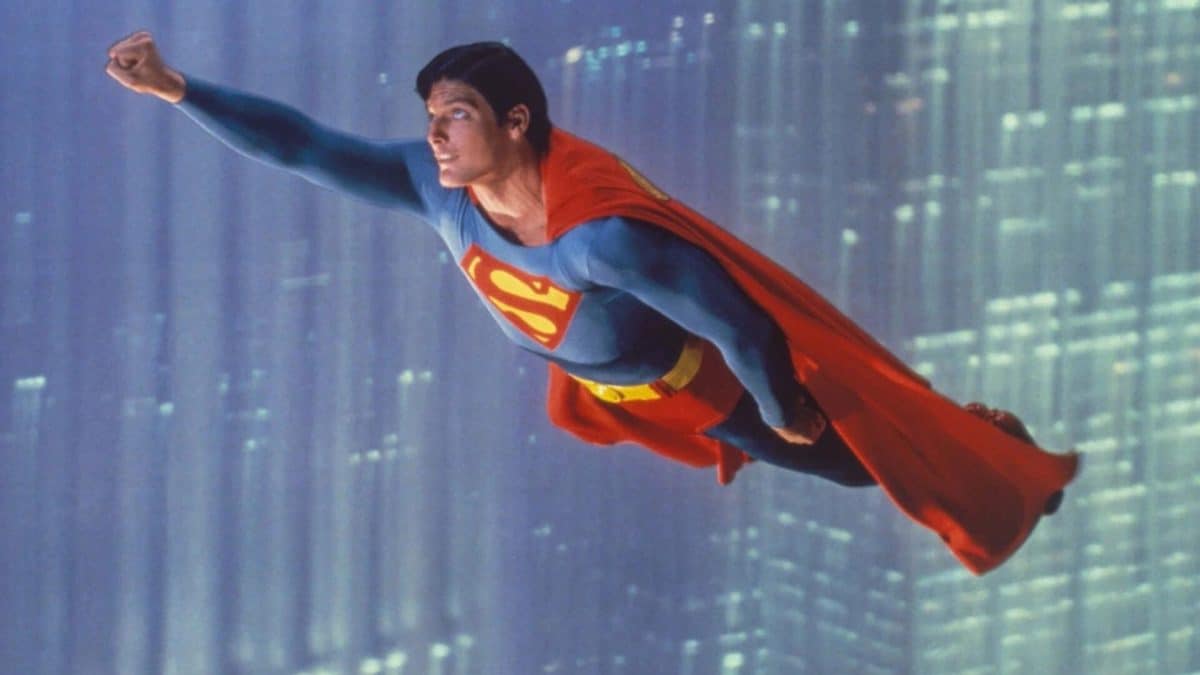
In 1978, Superman was brought to the big screen in awe-inspiring fashion. Christopher Reeve was born to play Superman and Clark Kent, and in his first portrayal of the character, he held audiences in wonder as he swayed between heroics and geeky awkwardness as Clark Kent.
Superman: The Movie is an origin story which depicts the beginnings of Superman, including his infancy as Kal-El of Krypton, son of Jor-El, played brilliantly by Marlon Brando, and his youthful years in the rural town of Smallville. Upon its release, the film received many positive reviews and was praised for its seamless blend of humour, drama and action. Superman co-creator Joe Schuster was ‘delighted’ to see his creation appear on-screen, saying in 1979 to Jack Kroll from Newsweek, “I got chills. Chris Reeve has just the right touch of humour. He really is Superman.”
The film is one of the best comic book movies ever made due to Reeve’s perfect casting and its sincere portrayal of Superman, a heroic character willing to sacrifice himself to help others. The awe-inspiring score by John Williams was another aspect of the film that helped it move audiences. So, too, the technical aspects of the film in its visuals and depicting Superman’s flight sequences, which made a deep impression on audiences and, together with the fun, emotional and exciting storyline, has cemented Superman: The Movie as one of the greatest superhero movies and the best Superman movie ever made.
Unfortunately, Tyler Hoechlin and Tom Welling didn’t get their own movies, but they were two of the best Superman actors of all time.
Tell us, what do you think are the best Superman movies?



